Newsletter
Sign up and stay in-the-know about The Crowd & The Cloud and the world of citizen science.

In Episode 4, The Crowd & The Cloud explores the ways new technology can help us observe nature. Scroll down to learn more about the people and projects featured in this segment.

Help scientists take the pulse of our planet through observing seasonal changes in plants and animals.
You can be part of scientific discovery simply by observing the plants and animals in your garden or neighborhood. Discover things you never knew could be happening right in your own backyard with Nature’s Notebook, and learn about phenology of species you see every day. (“phenology” = how plants and animals change with the seasons.) Sign up to observe one or more species in your yard or any other natural areas that you frequent. The Nature's Notebook smartphone app let’s you send observations directly to the National Phenology database. Alternatively, you can write out your observations and submit them online when you get home, making this a fun activity that anyone can do no matter what level of technical expertise.
In Episode 4 of THE CROWD & THE CLOUD, citizen scientists using Nature’s Notebook observe and record data on plants and pollinators in New York’s Catskill mountains, Albuquerque NM and in Jamaica Bay, Queens, NY. There are many featured campaigns all across the USA that you can take part in. If there are any maple, oak, or poplar trees living nearby, join the Green Wave campaign and help scientists track leaf-out over the course of changing seasons. You can also participate in seasonal observations through the Southwest Season Trackers campaign. The Shady Invaders campaign needs volunteers to track invasive shrubs, while the Cloned and Common Lilacs campaign has you observe lilac life cycle events which enhances decades of lilac phenology records. Of course, plants aren’t the focus of every project. There are campaigns for pollinators and important food sources for fish and wildlife, like Mayfly Watch and Nectar Connectors. By participating in regional campaigns, you help researchers answer key questions about the environment, and it sure beats sitting inside!
The reduction in abundance of insect and animal pollinators in ecosystems worldwide beginning at the end of the 20th, and continuing into the present day.
A voice for wildlife, dedicated to protecting wildlife and habitat and inspiring the future generation of conservationists.
Design hives that can support bee colonies in a sustainable way, to monitor and track the health and behaviour of a colony as it develops.
